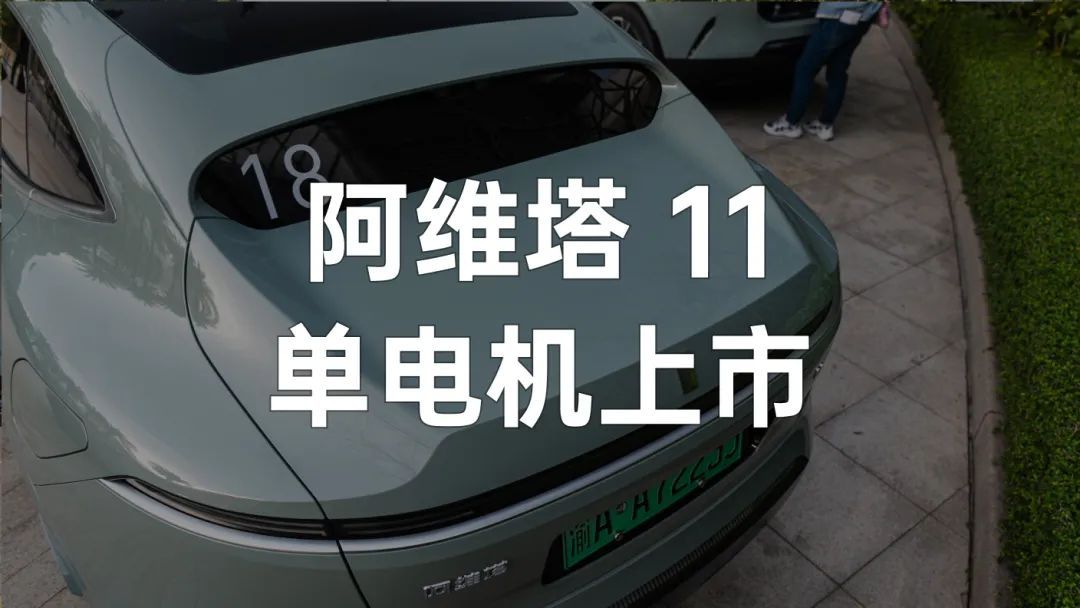On the night of March 24th, the Aiwata 11 single motor version officially went on sale, with a starting price of 319,900 yuan, while the 116 kWh version is priced at 349,900 yuan.
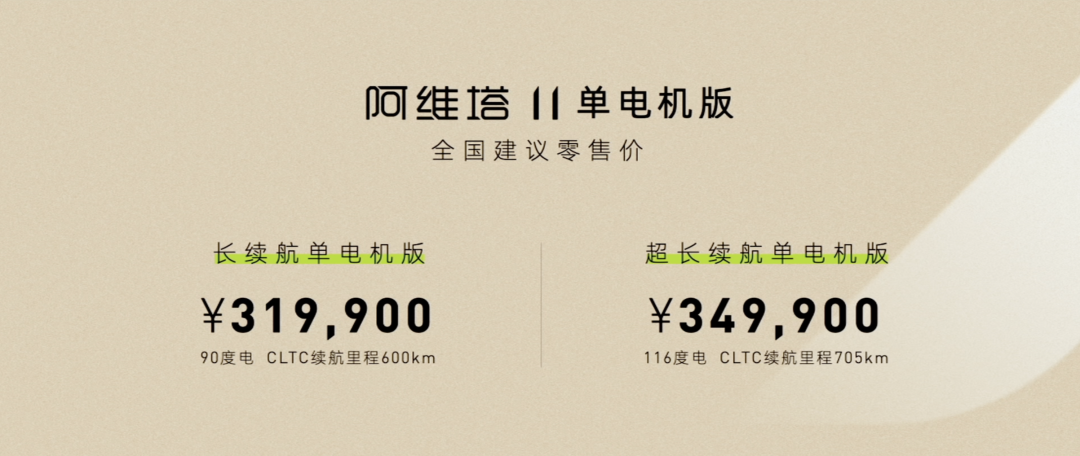
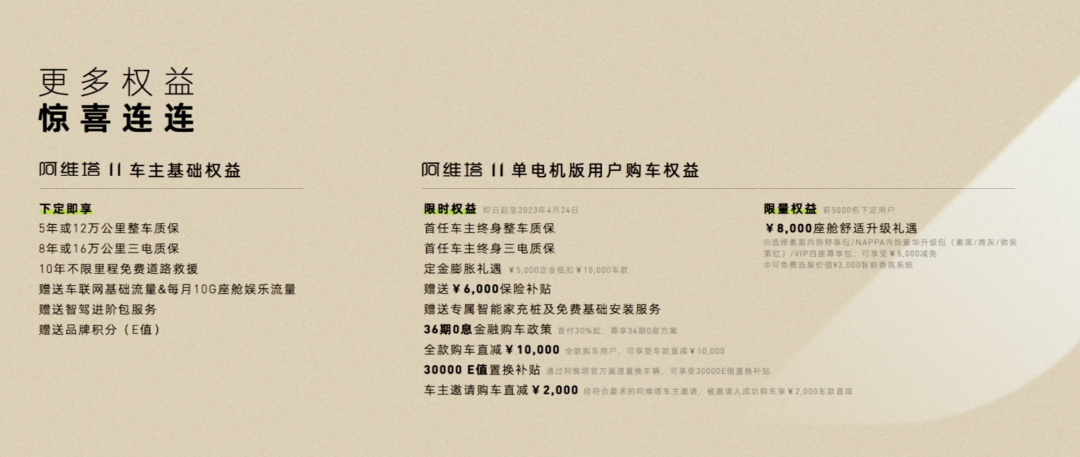
Surprisingly, even the entry-level configuration of the single motor model comes with Huawei’s intelligent driving assistance system as standard, meaning that the ownership threshold for this assistive driving system has dropped to within 320,000 yuan.
During the press conference, Tan Benhong also stated that Aiwata would be the first brand to receive the OTA Huawei ADS 2.0 assistive driving system
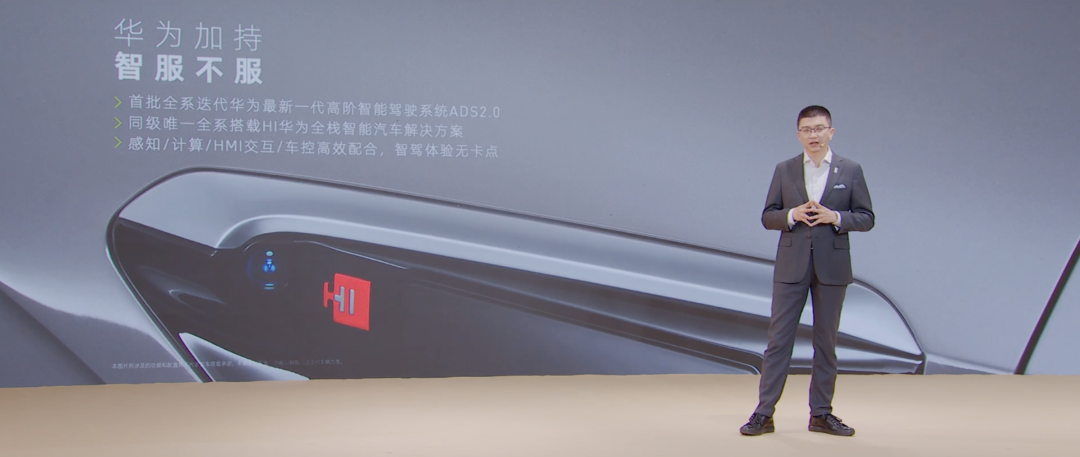
Before the launch, we had a chance to experience the Aiwata 11 single motor model in detail in the urban area of Shenzhen. This was also the first time we had experienced NCA urban navigation assistive driving on the Aiwata 11, so let’s start with its driving assistance capabilities.
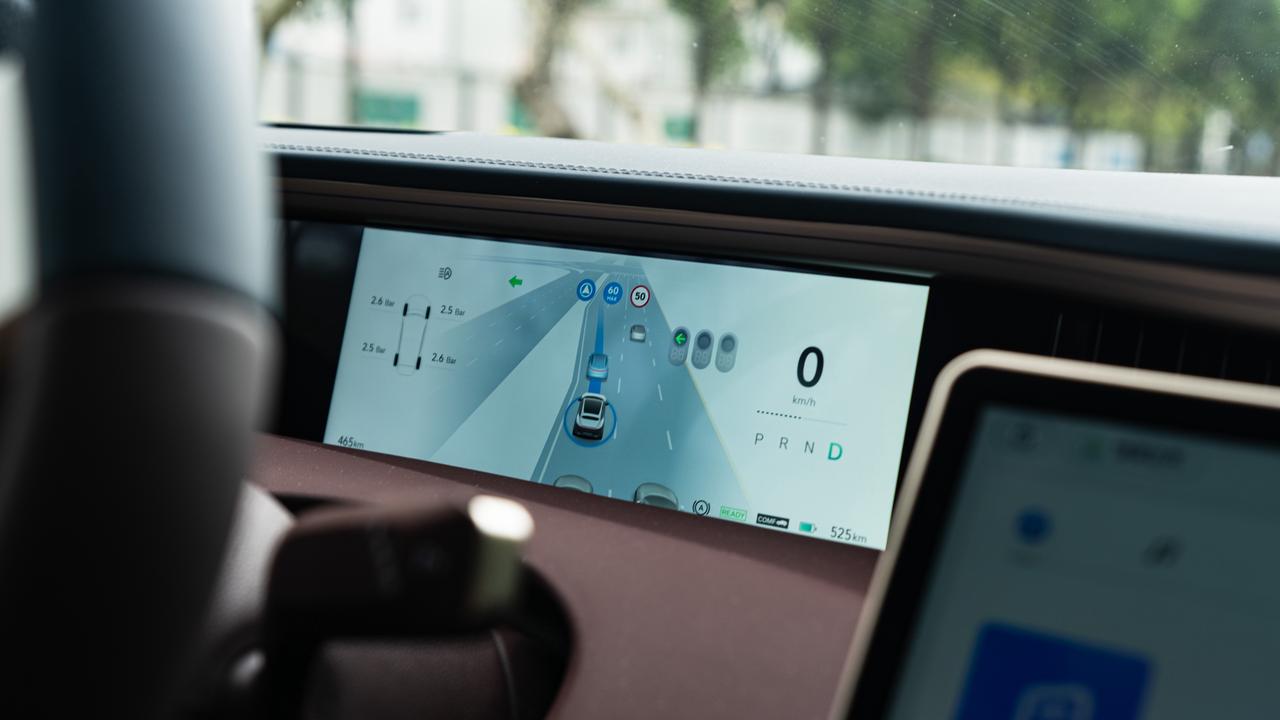
How good is Aiwata’s driving assistance?
The Aiwata 11’s driving assistance adopts Huawei’s ADS driving assistance solution, with the following hardware configuration:
- 3x LiDAR
- 6x millimeter-wave radar
- 12x ultrasonic sensing unit
- 9x ADAS cameras
- 4x surround-view cameras
- 1x DMS driver monitoring camera
- 1x MDC central computing unit
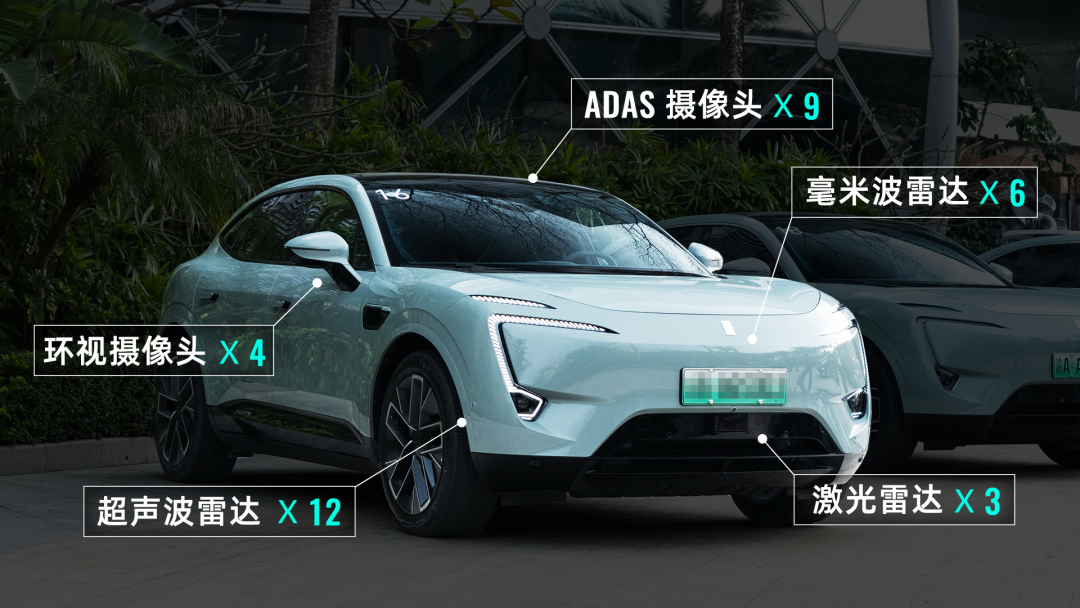
In terms of hardware layout, the cameras and millimeter-wave radar cover 360° perception of the vehicle, while the LiDAR covers 300° perception of the front of the car.
Since 2021, more and more automakers have started to equip vehicles with cameras that cover the vehicle’s periphery to improve lateral perception in order to achieve a higher level of intelligent driving capabilities.In other words, cameras that cover the vehicle’s surroundings are the foundation for assisting driving in urban areas. If only forward visual perception is available, navigation assistance in urban areas cannot be achieved.
The Aiwata 11 vehicle is equipped with a total of 9 ADAS cameras. The forward view is covered by a wide-angle camera, a telephoto camera, and a set of binocular cameras, among which both the wide-angle and telephoto cameras have a resolution of 5.4 million pixels. The wide-angle camera is responsible for detecting nearby objects, while the telephoto camera is responsible for detecting fast-moving and distant objects.
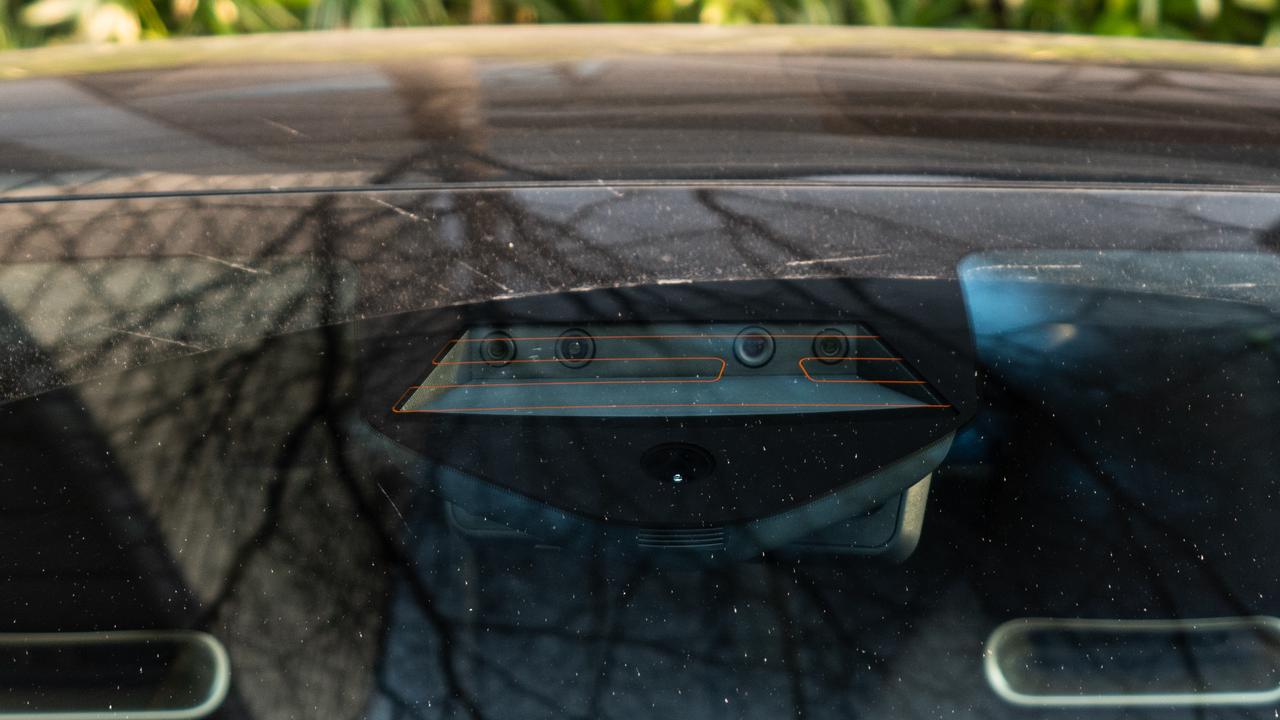
On the left and right sides, there are also 2 cameras located under the side mirrors and on the side fenders, responsible for side-front and side-back perception.
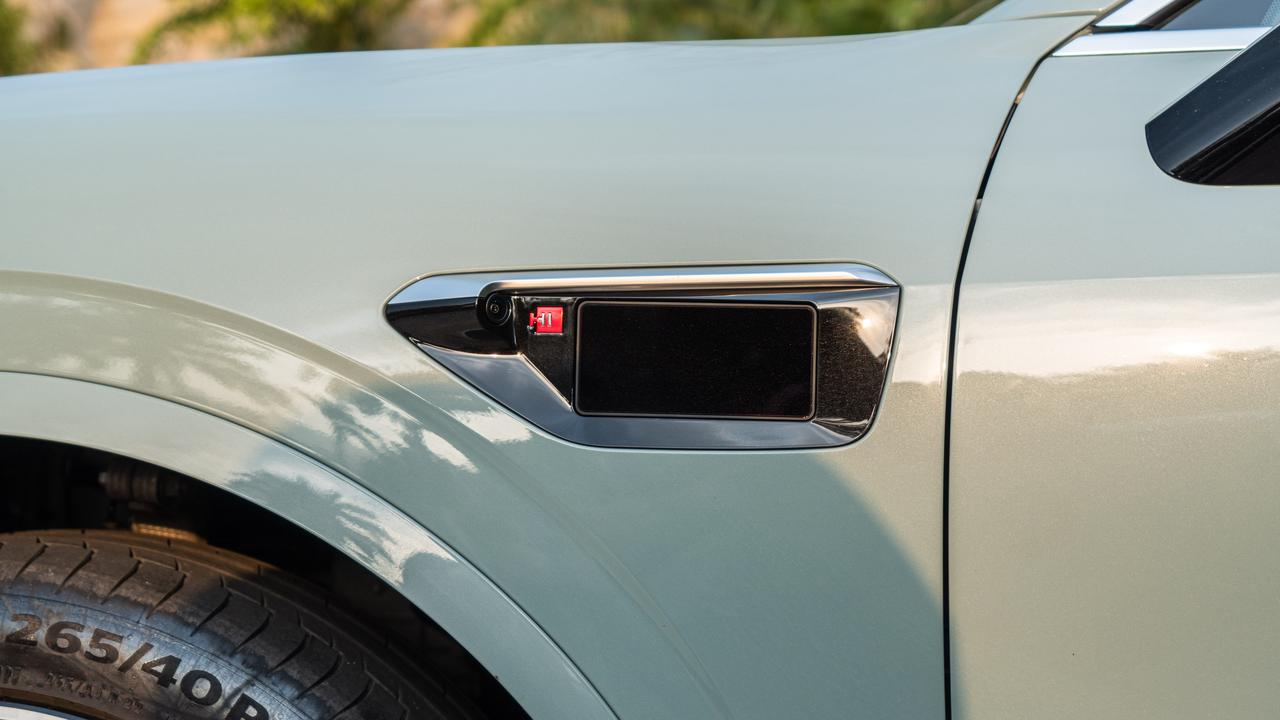
At the rear of the vehicle, there is a rear-view camera for detecting the vehicle’s surroundings at the rear.
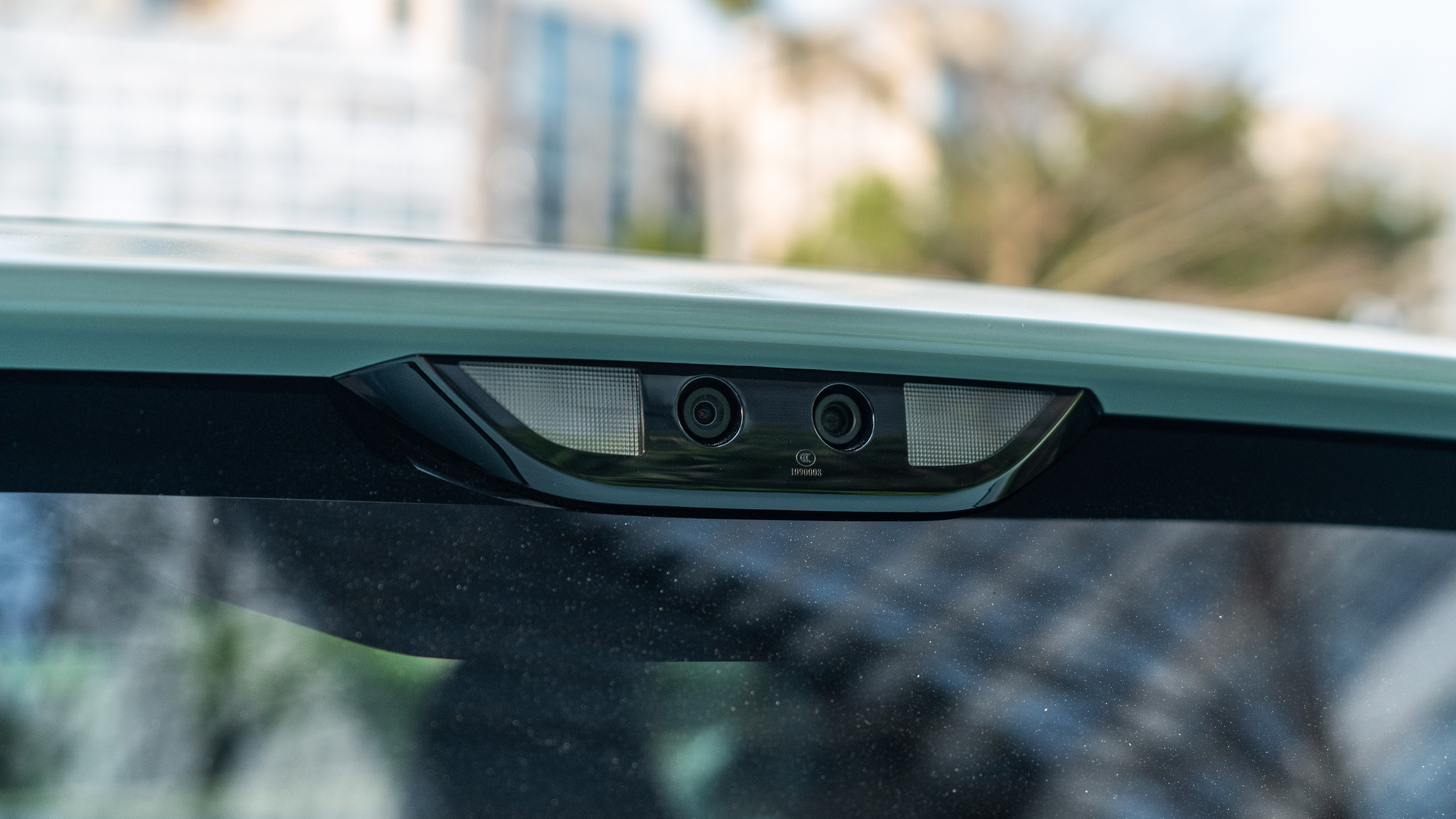
Cameras are the most important hardware among all perception devices, with advantages such as high resolution and high recognition ability. However, the maximum limit of its recognition ability depends on the algorithm capability of perception. Lane recognition, traffic light recognition, and participant recognition all require the involvement of cameras.
The disadvantage of cameras is that they are greatly affected by environmental weather conditions. Perception ability will be limited in nighttime, heavy rain, and heavy fog.
However, at the event site, Aiwata officials stated that the Aiwata 11 uses a 3.0um large pixel + F/1.6 large aperture camera to enhance detection capability in low light environments.
In addition to cameras, the Aiwata 11 is also equipped with 6 millimeter-wave radars. The advantage of millimeter-wave radars is that they have a strong penetrability due to the large energy of millimeter waves, resulting in stable perception results even in heavy rain and heavy fog.
However, the disadvantage of millimeter-wave radars is that they have a lower resolution and weaker perception accuracy.
In addition to cameras and millimeter-wave radars that cover the entire vehicle, three LIDAR sensors are also deployed at the most important forward and left and right sides of the vehicle.The layout of these three LIDARs is also carefully considered. Unlike the solution of being placed on the roof, Wayve chose to put them on the bumper and fenders.
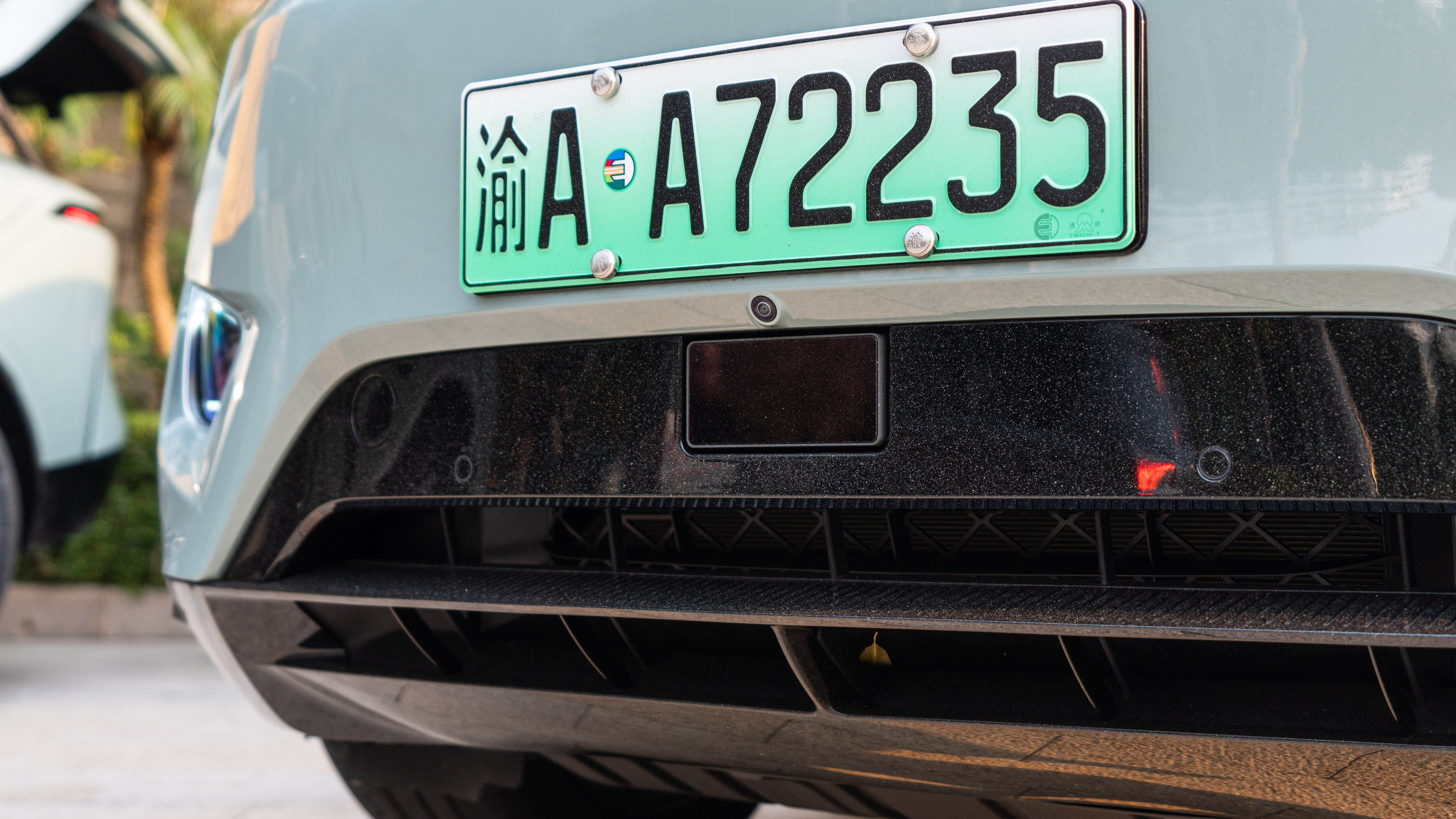
The advantage of being placed on the roof is that it has better long-distance detection capability and is less prone to damage and has lower maintenance costs in the event of a rear-end collision or minor collision.
However, the disadvantage is that the detection angle is only 120°, unable to cover the areas on both sides of the car’s front, and there is a perception blind spot when the vehicle is parked in a close range.
Placing LIDAR on the bumper covers a wider area and has a smaller blind spot at close range. Therefore, it has stronger perception ability in the area with high traffic and mixed traffic of people and vehicles in urban areas, but it is also more prone to collision.
Therefore, from the layout position of LIDAR, we can roughly see the target orientation of each smart driving team in hardware design.
In terms of functionality, Wayve 11 has opened NCA highway navigation assisted driving around the country, and NCA features in Shanghai, Shenzhen, and Guangzhou have been opened for store test drives, with Chongqing soon to follow.
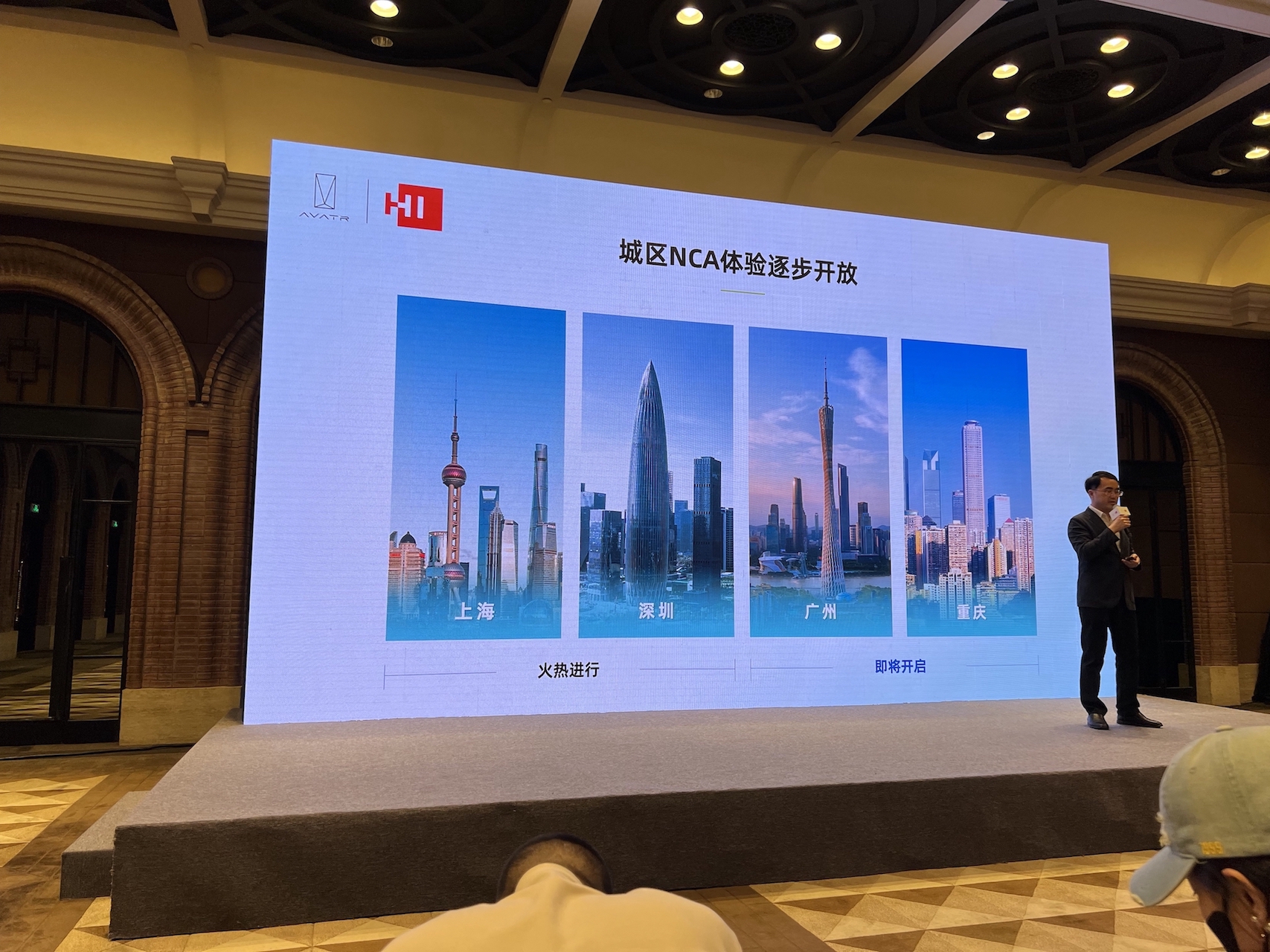
Next, I will analyze the strengths and areas for improvement of the Wayve 11 in the two scenarios of highways and urban areas.
Highway Scenario
Highway navigation assisted driving has been developed for nearly 5 years. The implemented functions are still point-to-point assisted driving of high-precision map-covered sections, with the ability to automatically change lanes and overtake, automatically enter and exit the ramp, and adjust the speed limit automatically.
Compared with open city roads, the sections of the highway are closed, there are no unpredictable pedestrians and non-motorized vehicles, and the lane lines are clearer, so it is not particularly difficult to deal with under current circumstances.
However, with the support of more powerful hardware, the Wayve 11 has done well in several aspects compared to other navigation assisted driving systems on the market:
Comfort during Low-Speed Following
The ability to follow at low speed comfortably is the basic ability of assisted driving. Doing it well can greatly reduce the driver’s fatigue in congested environments, and doing it poorly has no functional value.
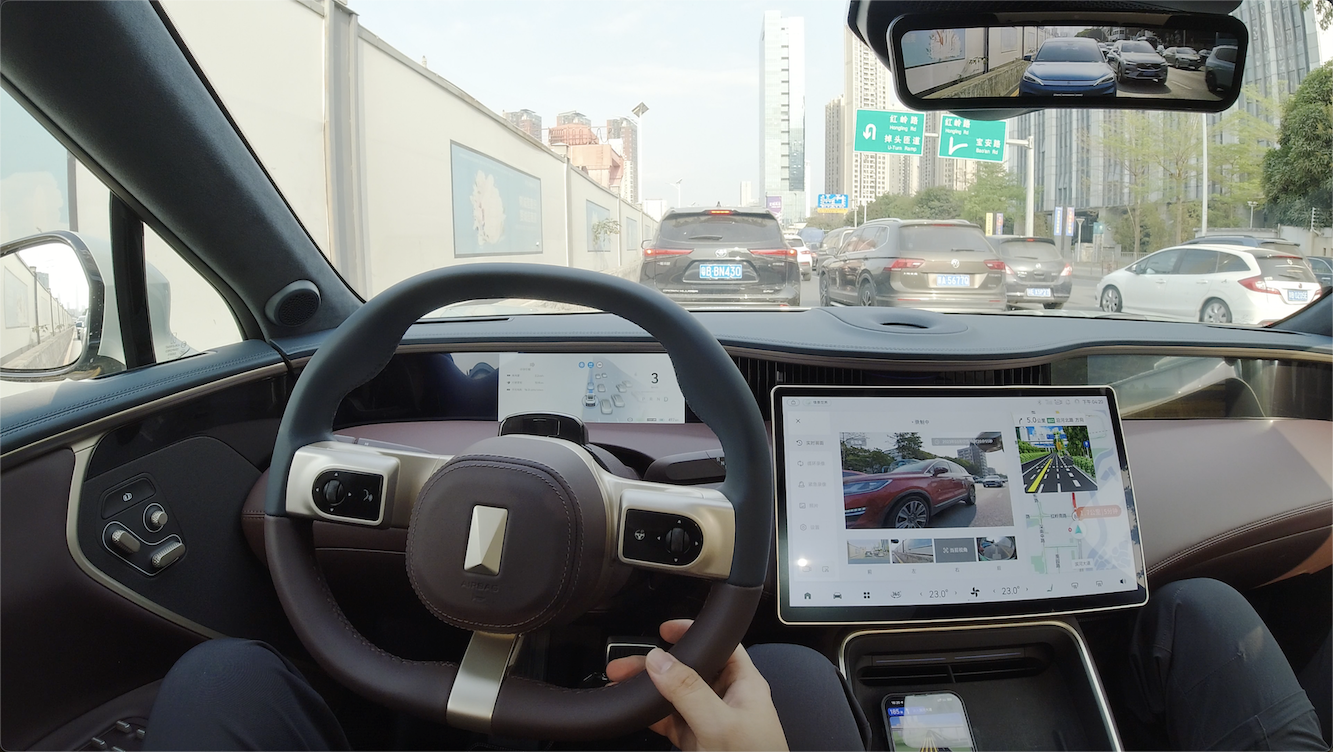 ### Avita 11 Driving Experience
### Avita 11 Driving Experience
Avita 11 has a fast start without being easily overtaken in stop-and-go traffic. The braking point is also just right when the car in front slows down, neither too early to cause a gap nor too late to require heavy braking.
In Shenzhen’s Friday peak-hour traffic, the intelligent driving system works steadily, making for very comfortable driving.
Stability on Ramps
Ramps are highly dependent on high-precision maps, and their stability largely depends on the quality of these maps. We tested several ramps and found that Avita 11 was able to pass through them all smoothly.
What sets this car apart from others is that it can reach a speed of more than 50 km/h on large-radius ramps, which is higher than most cars that pass through them at 40+ km/h. This makes it more efficient, and less likely to be pressured by cars behind.

Change Lane Capability
Lane changing is a fundamental navigational driving assistance capability. Earlier car models only had mmWave radar as a backward perception, which enabled it to flash or change lanes automatically. But, due to the limited perception capability of mmWave radar, the system is more sensitive to traffic from behind leading to slight lower rate of success when changing lanes. Also, to avoid increasing system risk caused by frequent lane changes, conservative strategies are adopted for changing lanes.
More conservative strategies are encountered when following slow cars for a long time, lane changes are not possible during high traffic volume, or when changing lanes 2.5 km ahead of time to facilitate smooth entry onto ramps. This leads to a generally dissatisfying experience with driving assistance.
Avita 11 has visual perception on the back with strong perception algorithms, which helps in detecting and predicting incoming traffic more accurately. This means that, even in heavy traffic, Avita 11 still has strong lane-changing capabilities, which makes NCA navigational driving assistance more efficient, providing an experience similar to an experienced driver.
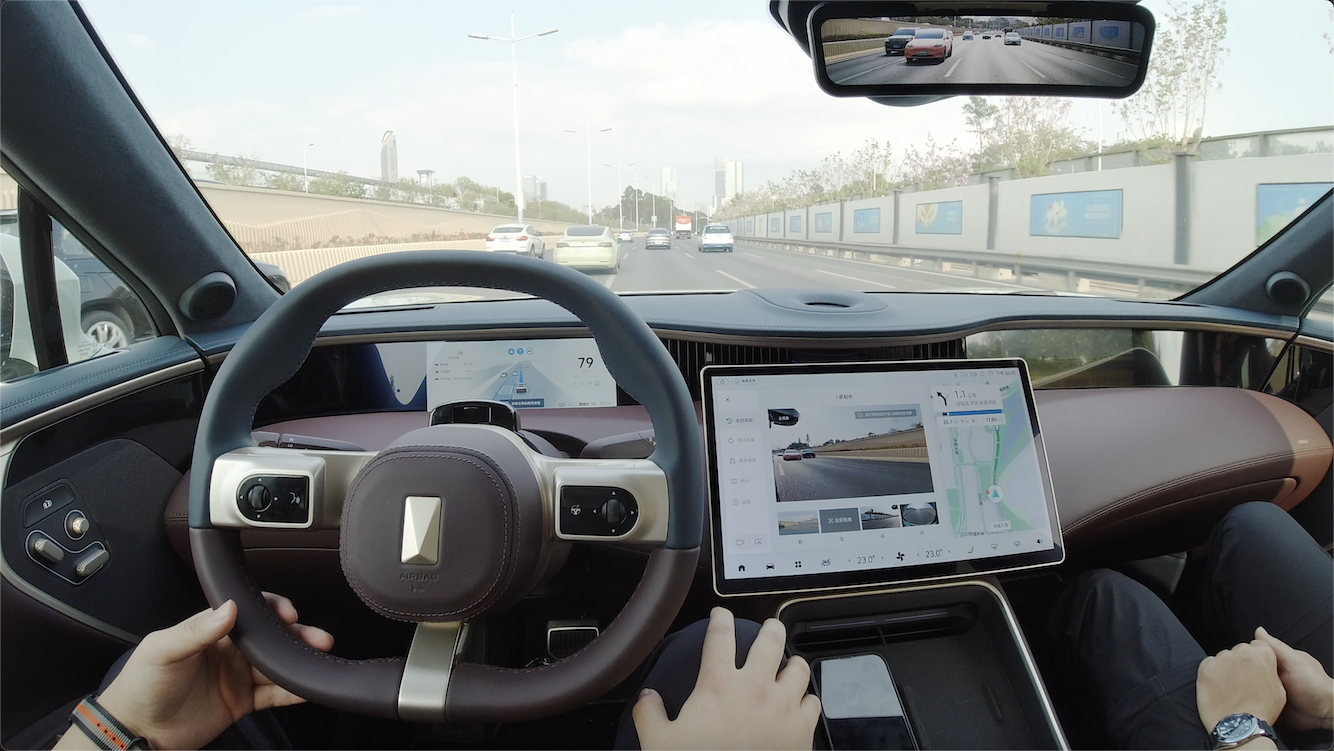
Evading Predictive Ability
In the low computing power era, the system only adjusted its speed by changing lanes based on the positions and speeds of traffic participants in its own lane. This led to a lower recognition rate and harsher braking in the presence of merging vehicles.“`
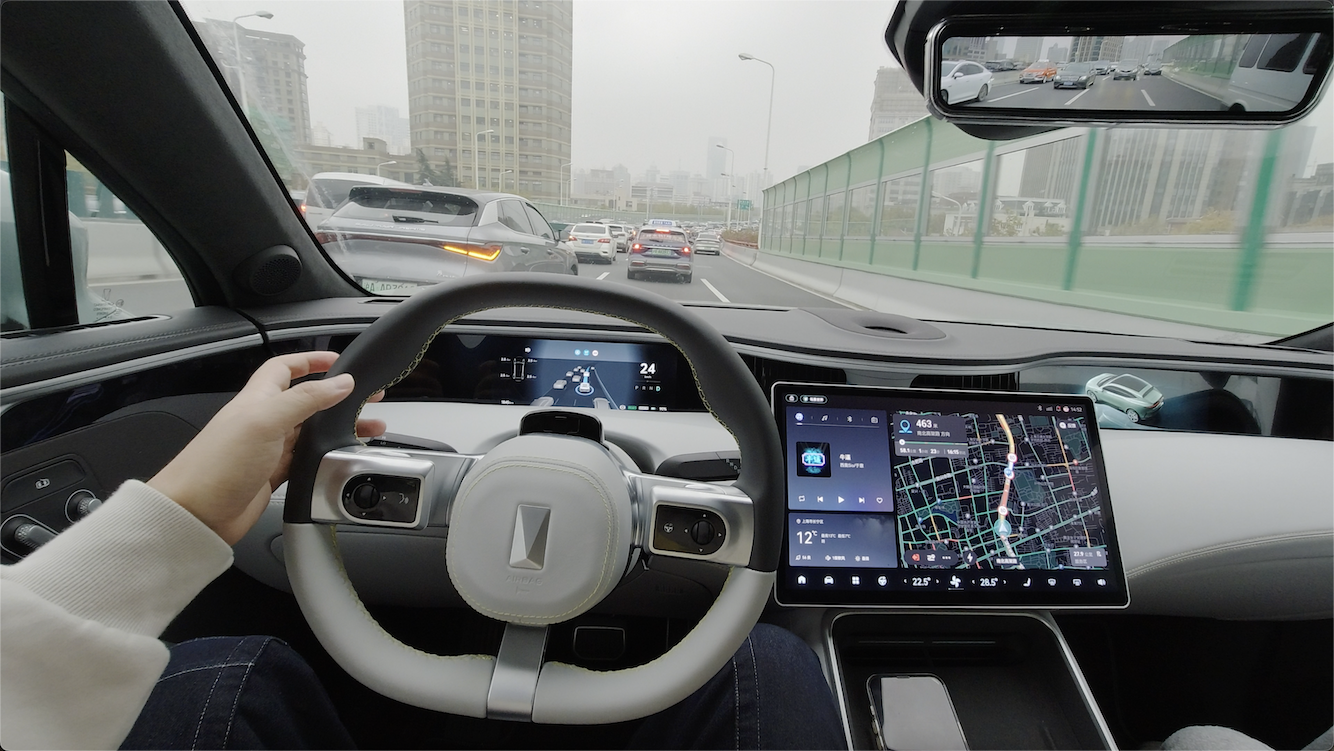
However, with more computing power and stronger lateral perception, the Abeta 11 will also detect vehicles in adjacent lanes. If it detects that the posture of the adjacent vehicle is attempting to cut in, it will accelerate and avoid it proactively.
These are the strengths of the Abeta 11 compared to other navigation-assisted driving capabilities on the market.
Urban Scene
In urban scenes, lane environments are more varied, with many unclear lanes and more pedestrians and non-motorized vehicles. The difficulty is greatly increased compared to highway scenes.
Facing more complex environments, we can divide the NCA’s abilities in urban areas into 3 parts.
The first part is how to determine the driving route;
The principle here is the same as on the highway. After setting the navigation on the car, the system generates a path based on high-precision maps. If there is no interference, the system can proceed along this route.
However, the problem is that cities are not completely unobstructed, so the system needs to be able to travel according to the established route.
The second part is how to travel according to the established route;
On highways, in order to travel according to the established route, the system needs to have the ability to automatically change lanes and pass through ramps. In urban areas, to travel along the established route, the system needs to have the ability to change lanes automatically and pass through traffic lights.
Therefore, on the Abeta 11, we also have experience with recognizing traffic lights, unprotected left turns, unprotected right turns, and straight through intersections.
```
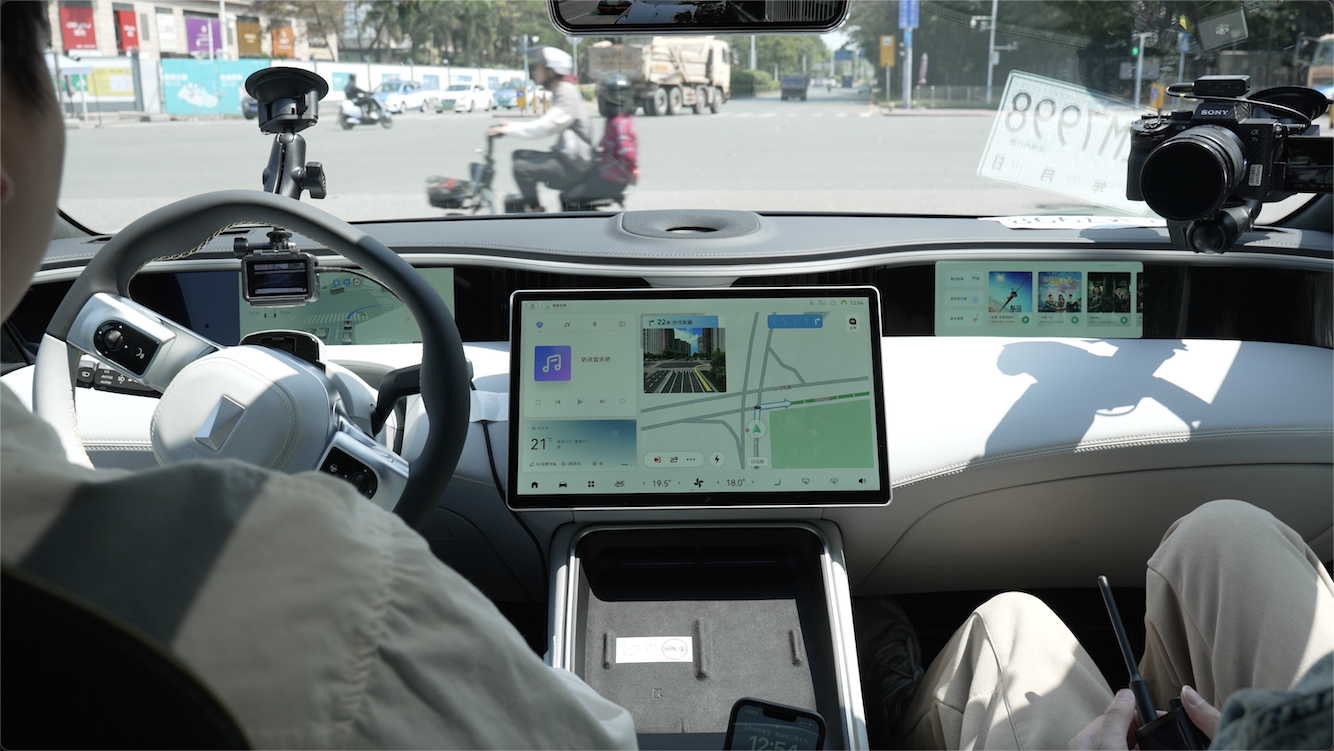
The biggest challenge of unprotected left and right turns is that when the system executes the turning action, the vehicle inherently infringes on the right-of-way of others. For example, when making a left turn, it is necessary to consider the oncoming vehicles going straight; when making a right turn, it is necessary to consider pedestrians passing through the crosswalk. Therefore, ensuring absolute safety during the process of infringing on the right-of-way of others is the system's first major test.
Based on Abeta 11's vision perception cameras, millimeter-wave radar, and 3 laser radars covering the front of the car at 300°, the system can recognize a large number of pedestrians and non-motorized vehicles passing through intersections, and has perception capabilities comparable to experienced drivers.
In terms of strategy, the Avta 11 is more conservative than the veteran drivers, with a more yielding approach. It will only take the initiative to pass after pedestrians or vehicles that may cause interference have passed.
The third part is about how to deal with emergencies.
In urban areas, temporary ride-hailing cars or non-motorized vehicles on motor vehicle lanes often appear on the roadside.
In this scenario, veteran drivers often choose to detour in advance. Avta 11 also has the ability to detour, and the system can recognize the situation very quickly when encountering vehicles occupying the road. It will not foolishly wait until it stops at the obstacle vehicle and then trigger the strategy of changing lanes to detour. Instead, it can recognize it from a distance and detour almost without affecting the driving speed.
Behind this detouring ability, the system needs to have strong perception and sufficient computing power for both forward and lateral directions, in order to make such tacit detouring actions.
To sum up, in the same smooth environment, the Avta 11’s assisted driving is in a usable state in urban areas. However, in serious congestion and with a large number of pedestrians and non-motorized vehicles, the system’s performance is not as proficient as that of veteran drivers.
Conclusion
The cooperation between Avta and Huawei has given the Avta 11 the ability to assist driving at the forefront of the industry since its birth. It can be expected that based on this powerful hardware and Huawei’s thousands of R&D personnel and hundreds of millions of R&D investment each year, the Avta 11’s assisted driving ability will continue to improve in the future.
And Avta has not let down such strong ability, biting the cost of owning this set of assisted driving technology to less than 320,000 yuan.
In the first three weeks of March 2023, the number of Avta 11s insured was 1,443, and in the sub-segment of China’s high-end pure electric SUV, the Avta 11 took the first place.
For Avta, only leading in China’s high-end pure electric SUV sub-segment is not enough. Therefore, single-motor models with more outstanding performance-price ratios have also taken on the task of increasing sales, because only by occupying a larger market now can Avta’s future be more stable.For Huawei, it is also necessary for Avita to sell more cars, and to have more data feedback in order to continue optimizing this set of assisted driving.
This article is a translation by ChatGPT of a Chinese report from 42HOW. If you have any questions about it, please email bd@42how.com.
